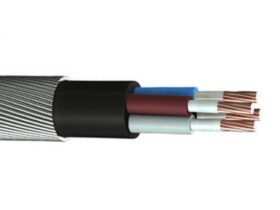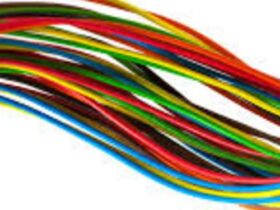Cables are braided for one of two reasons, either to electrostatically screen the cable or to provide mechanical strength to the cable.
Applying a braid of metallic wires in the cable’s construction to achieve electrostatic screening and/or mechanical strength as opposed to applying metal tapes is that the braiding maintains the flexibility of the cable. The design of the crossing, interwoven wires allows for bending and stretching of the braiding without buckling, folding, or kinking in the way the tapes might do as a result of a flexible application.
Where the braiding is designed to provide an electrostatic screen to ensure signal integrity is composed of an excellent electrical conductor such as copper, tinned copper, or aluminum. If the braiding is designed to provide mechanical strength or toughness it can be composed of many different materials, such as steel wires, nylon strands, or glass fibers.
When applied as a covering to the cable a braid can also serve to provide increased protection against hot surfaces, offering resistance to abrasion and cutting, or helping prevent attack by rodents (see how we helped design a cable for Network Rail with a glass fiberglass braid for precisely this reason). Braiding can be used in creating cable harnesses to group cables together.
Find here online price details of companies selling Braided Wires. Get info of suppliers, manufacturers in Haryana India














Leave a Reply